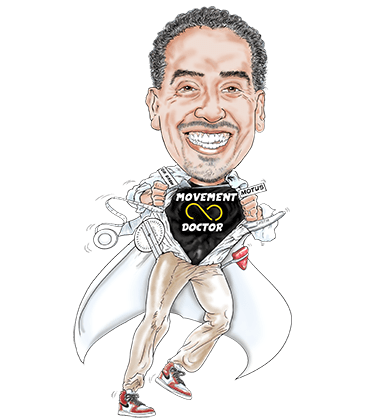Isokinetic Training
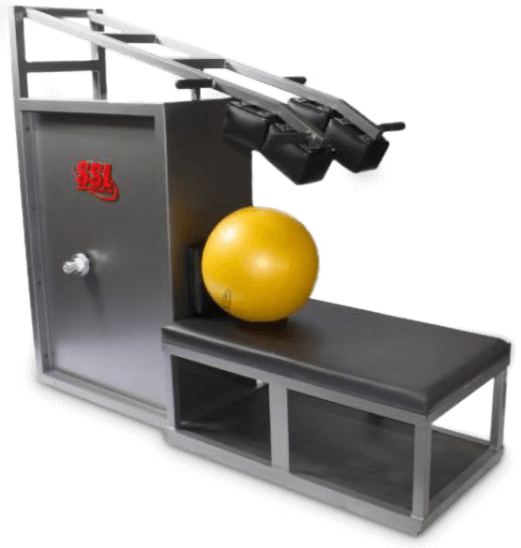
What is isokinetic exercise?
Isokinetic exercise involves alternating speed and resistance. The majority of the fitness practitioners use specialized equipment and this specialized machine is becoming more common in the sports rehabilitation world. The isokinetic exercise machine maintains constant motion, increasing the force generated by the patient will increase the resistance.

This type of exercise will positively impact your function (ie. your ability to walk and improve mobility). Often used as a tool for rehabilitation for injuries, isokinetic exercises can aid in recovering mobility, range of motion, strength, and endurance following injuries. A physical therapist is capable of providing individualized exercises that enable a person to build strength in a safe way without jeopardizing their injury.
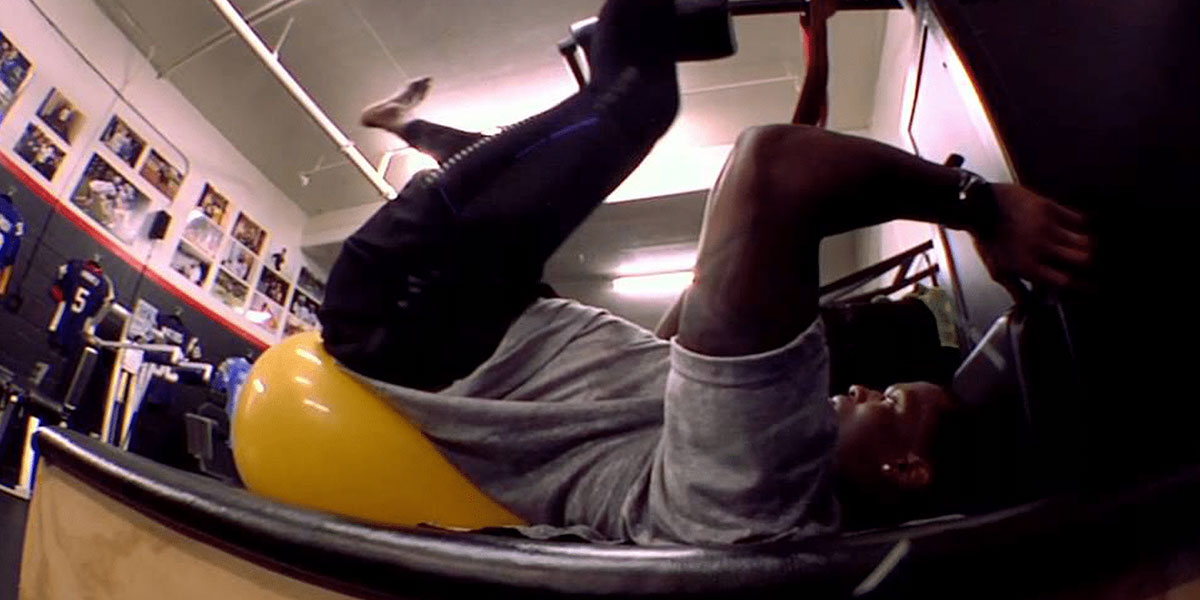
Tell me the importance of isokinetic exercise.
Although athletes train in order to gain strength for their sport, many training routines and rehabilitation programs fall short of building functional strength. According to Sports Science Lab, the makers of our isokinetic training machine at MOTUS, functional strength is defined as “the ability to produce and control force and power in a very small amount of time.” In the middle of a game, athletes don’t have time to produce a careful movement like they would in weight lifting. Instead, they need to rely on their body’s ability to produce muscle movements under the stress of the game. To this end, traditional strength exercises fall short of preparing an athlete for their game, because it doesn’t develop this type of functional strength.
That’s where isokinetic exercise comes in. It varies from other types of training by putting focus on consistency of speed. In conventional strength training, a person performs their reps in an undefined amount of time.
With no concern for time, they will do their training at an uneven speed, without control and consistency. Isokinetic training, on the other hand, enforces a constant speed throughout the entire performance. Isokinetic machines are adjustable in resistance levels to match a person’s strength. By adjusting the resistance, the person’s movements maintain a constant speed, no matter what their output of strength.
At MOTUS, we find that the Sports Science Lab isokinetic training machine is an invaluable tool for rehabilitation centers. We can use it to test which muscles and joints we need to focus on rehabilitating, and it makes it easy for us to measure progress as a patient regains strength.
These specialized exercise machines are equipped to achieve continuous speed at whatever effort it is used for. This special machine controls your pace by changing resistance throughout your movement. Regardless of the amount of pressure you are using, maintain speed. You may modify your target exercise speed and movement distance for your specific exercise requirements. Different parts of the machine can be used to isolate specific muscle groups in the body. Isokinetic exercises can be used to strengthen muscles, enhance endurance, and build muscle mass.
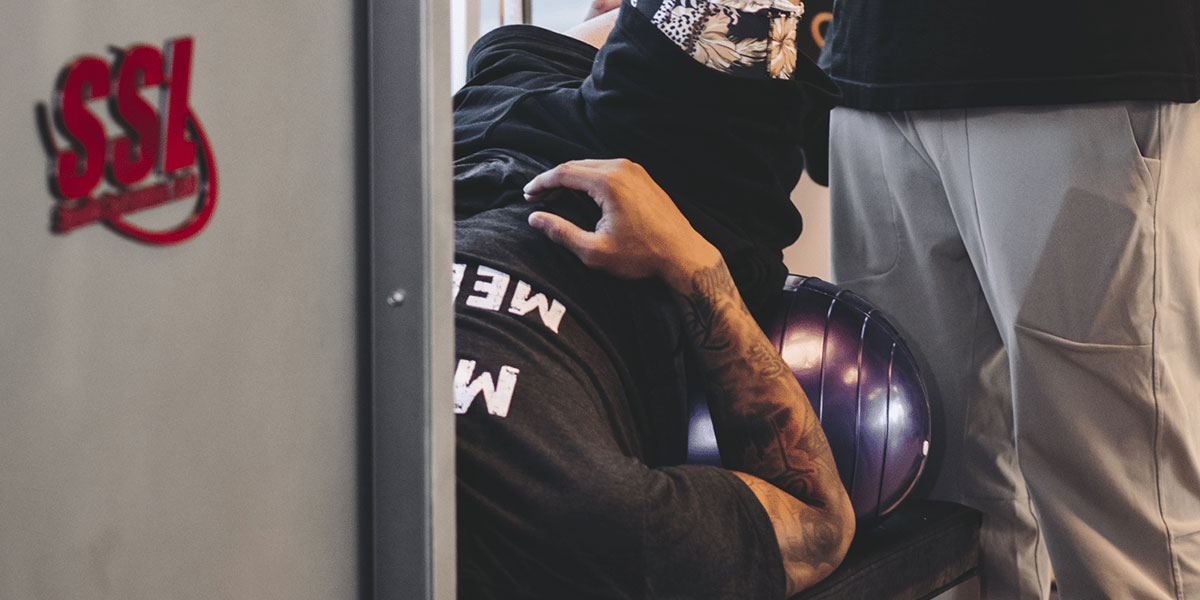
What are the benefits of Isokinetic Training?
One of the main benefits of isokinetic exercise is that it can help you build muscle strength quickly. Isokinetic training offers benefits for both strengthening and recovery because of its controlled nature. This type of exercise is beneficial for rehabilitation following an injury. The American Council on Exercise reports that isokinetic exercise can also help improve range of motion, flexibility, and coordination. Additional benefits include greater balance and stability.
An athlete can be monitored closely in their training on the machine, allowing the physical therapist to watch their progress and note additional recovery needs. The speed and range of motion of each movement can be adjusted and will remain consistent throughout the activity.
Unlike traditional weight training, there’s no real risk of worsening an injury or causing a new one. With this device, we are able to safely strengthen a body part very soon after injury or surgery for faster recovery.
When it comes to strengthening, isokinetic training has all the benefits without risk. The training trains the brain to produce force throughout the entire range of motion, which leads to a better performance in the sport. It provides incredibly fast strength gain, without the delayed onset muscle syndrome that would come from muscle tearing with an excessive weight load.
A 2017 study looked at the effects of isokinetic training on power and driver performance in elite golfers. It found that after nine weeks of training, the golfers had an improved performance that led to a greater carry distance.
Using isokinetic training can eliminate the risk of injury by improving muscular balance and protecting joints with more functional training. One study from 2008 showed that an isokinetic training program greatly reduced imbalances in the knee muscle strength of soccer players.
Isokinetic vs Isotonic vs Isometric Exercise
Isokinetic exercise is different from isometric and isotonic exercises. With isotonic exercises, muscles contract and shorten while bones move. This type of exercise allows you to use different weights in order to increase resistance. Isotonic exercises can be done with or without devices such as dumbbells or barbells. Isometric exercises are performed by contracting your muscles without any movement. This isometric exercise will help you build muscular strength, but it will not improve your bone density. Lastly, isokinetic exercises use a device to maintain a constant speed while you are performing the exercise. This type of exercise allows you to use different resistance levels in order to match your strength. You can also adjust the machine to match the speed of your movements.
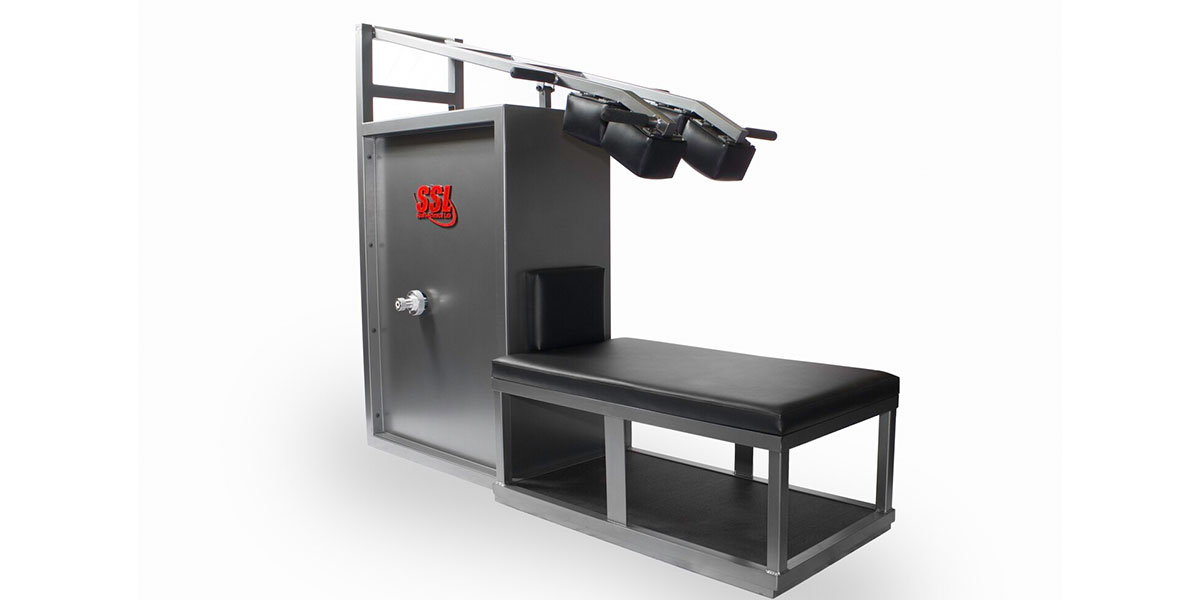
Utilizing Isokinetic Training
Clinicians should have an understanding of how isokinetic training is an efficient alternative to isometric exercise. A highly reviewed report by Ellenbecker and Davies here reveals the benefits of isokinetic exercise over other forms (e.g., isotonic, isometric) in improving muscle strength and functional performance.
Isokinetic training and testing is an important part of the comprehensive evaluation and rehabilitation of the athletic patient (both upper extremity and lower extremity injuries). Research has demonstrated the efficacy of isokinetic exercises and testing in training and in providing clinically relevant information regarding muscular performance.
When integrated with a complete history, subjective examination, and physical and functional evaluation, isokinetic exercise can be a valuable tool for physical therapists in the assessment, rehabilitation, and performance enhancement of the athlete.
Summary
Although the use of isokinetic strength training in injury rehabilitation is supported in most literature, the evidence regarding its efficacy in athletes is growing. This study suggests isokinetic training as a good alternative to traditional techniques for the athletic populations. If incorporated into a rehabilitation muscle conditioning program, use a staged approach, starting with lower-intensity isokinetic exercises followed by progressive difficulty isokinetic training.
References
- James Parker et al – Effects of nine weeks isokinetic training on power, golf kinematics, and driver performance in pre-elite golfers
- A. Gioftsidou et al – Isokinetic strength training program for muscular imbalances in professional soccer players
- JM. Ellenbecker, TC Davies – Effective Strength Training: Isokinetic Exercise
- B.J. Blazevich, GA Caine, AK Hahn – Kinetic comparison between isotonic and isokinetic eccentric hamstring training
- M.A. Tipton, A.J. Ferrando, R.C. Lemon – Muscle protein metabolism in humans: assessment of rates of myofibrillar and sarcoplasmic protein synthesis
- A.F. Cress, L.A. Kliethermes – The effect of isokinetic eccentric exercise on single-leg jump performance
- Jozef Drabik – Isokinetic Strength Training for Rehabilitation and Conditioning
- Paolo de Crescenzo, Angelo A. Volpe, Nicola Maffulli – Isokinetic eccentric exercise: physiological mechanisms and clinical applications
- https://www.healthline.com/health/isokinetic#benefits
- https://www.sportsciencelab.com/strengthwork
Have you been injured at some point in your journey?
Are you not achieving your highest level of function?
We’ve helped hundreds of people at all walks in life
get back to performing their best painfree!
MOTUS Client
Janelly Farias
PT's to the Pro's, Stars and Skeptics
Discover why the pro's, protective parents, and weekend warriors trust our 4P Joint By Joint Approach™.

Lorem Ipsum
Daughter
Lorem ipsum dolor sit amet, consectetur adipiscing elit. Nam eget sollicitudin metus, sed euismod purus. Donec quis mauris in ligula luctus accumsan vitae a sem. Morbi hendrerit, justo auctor mattis vulputate, diam sem imperdiet metus, non vehicula arcu arcu in dui. Cras nec sollicitudin diam. Pellentesque finibus metus at dui gravida semper.

Lorem Ipsum
Professional Golfer
Lorem ipsum dolor sit amet, consectetur adipiscing elit. Nam eget sollicitudin metus, sed euismod purus. Donec quis mauris in ligula luctus accumsan vitae a sem. Morbi hendrerit, justo auctor mattis vulputate, diam sem imperdiet metus, non vehicula arcu arcu in dui. Cras nec sollicitudin diam. Pellentesque finibus metus at dui gravida semper.

Lorem Ipsum
Lawyer
Lorem ipsum dolor sit amet, consectetur adipiscing elit. Nam eget sollicitudin metus, sed euismod purus. Donec quis mauris in ligula luctus accumsan vitae a sem. Morbi hendrerit, justo auctor mattis vulputate, diam sem imperdiet metus, non vehicula arcu arcu in dui. Cras nec sollicitudin diam. Pellentesque finibus metus at dui gravida semper.

Lorem Ipsum
NFL
Lorem ipsum dolor sit amet, consectetur adipiscing elit. Nam eget sollicitudin metus, sed euismod purus. Donec quis mauris in ligula luctus accumsan vitae a sem. Morbi hendrerit, justo auctor mattis vulputate, diam sem imperdiet metus, non vehicula arcu arcu in dui. Cras nec sollicitudin diam. Pellentesque finibus metus at dui gravida semper.

Lorem Ipsum
NFL
Lorem ipsum dolor sit amet, consectetur adipiscing elit. Nam eget sollicitudin metus, sed euismod purus. Donec quis mauris in ligula luctus accumsan vitae a sem. Morbi hendrerit, justo auctor mattis vulputate, diam sem imperdiet metus, non vehicula arcu arcu in dui. Cras nec sollicitudin diam. Pellentesque finibus metus at dui gravida semper.
It's time to toss out the old school
physical therapy playbook.
We'll never hand you a stack of those black and white exercise printouts.
MOTUS Client
Sam Darnold
MOTUS Client
Kyle Allen
Level up on rehab and prevention and get back to the activities you love
Schedule A Call
We'll walk you through our 4P Joint Approach™ and set up your 60-minute 1:1 consultation.
Get Your Personalized 4P Plan
We'll pinpoint the source of your pain and design a plan to restore movement along the entire kinetic chain.
Start Moving Again
Get an edge on injury prevention, relieve joint and muscle pain, and return to activities you love with confidence.
Stop wondering if you'll ever
get back to being you.

3 Ways to Level Up Your Rehab and Injury Prevention With Us
3 Ways to Level Up Your Rehab and Injury Prevention With Us











